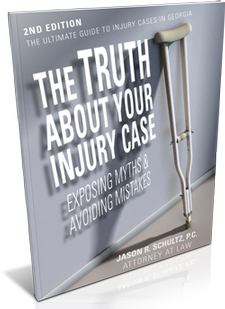ATV Safety Advice
States set their own ATV guidelines and age requirements, which vary widely. Good rules of thumb include:
- Take a safety/training course.
- Always wear an approved helmet and eye protection.
- Only ride during daylight hours.
- Wear long pants; a long-sleeved shirt; riding gloves; and ankle-high (at least), closed-toe footwear.
- Don’t permit kids under age 16 to ride an ATV.
Possible at-fault parties for ATV-related injuries include another ATV driver, the ATV manufacturer (or parts manufacturer), an ATV mechanic, or a property owner responsible for maintaining the area where the accident took place.
If you are injured by an ATV due to someone’s negligence, contact our office to protect your rights by filling out a form here, or by calling (404) 474-0804.


